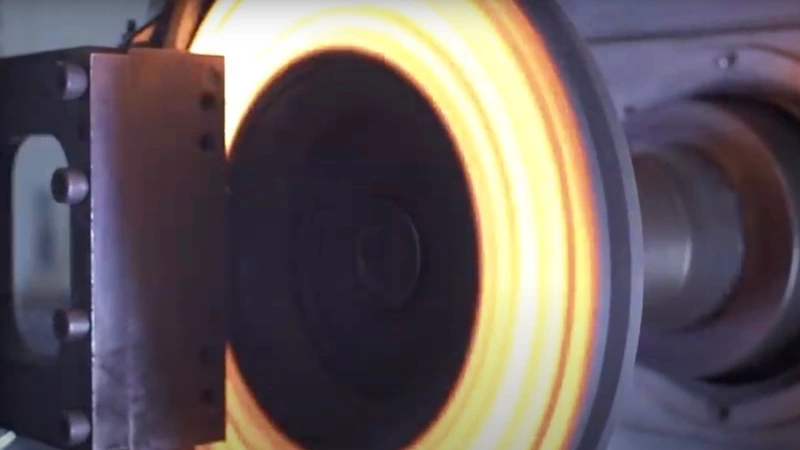Why are carbon ceramic brakes so expensive?

Carbon ceramic brakes can significantly improve performance, but they are considerably more expensive than conventional brakes. This "Engineering Explained" video delves into why carbon ceramic brakes are so expensive and whether they are worth the added cost.
Note that the video is sponsored by Brembo, a leading manufacturer of both carbon ceramic and conventional brakes, whose products are used as props by host Jason Fenske.
One factor contributing to the high cost of carbon ceramic brakes is the material. Conventional brake rotors are made from steel, which is much cheaper than carbon. Fenske notes that carbon ceramic rotors generally last longer than conventional rotors, so higher grade fasteners are also used.
Carbon ceramic brakes are also much more complex to manufacture. According to Brembo, carbon ceramic brakes take three weeks to produce, compared to about 90 minutes for conventional steel rotors. This is because the manufacturing process is not fully mechanized and requires special equipment. In addition, because carbon ceramic is a niche product for racing and high-end performance road cars, sales volumes are low and economies of scale cannot be exploited.
Still, there are several reasons to spend the extra money on carbon ceramic brakes. For example, brake fade is greatly reduced and they weigh less than comparable steel rotors. The steel rotors in the video weigh 36.4 pounds, while the carbon ceramic rotors weigh only 16.5 pounds.
This weight reduction has a significant impact on performance depending on the position of the brakes. Because the rotor rotates with the wheel, reducing its weight reduces rotational inertia and improves acceleration time. Reducing the weight of brake components also reduces unsprung mass (mass not supported by the suspension), which can improve both grip and ride comfort.
In addition, carbon ceramic rotors are dimensionally stable and will not deform at high temperatures, causing brake judder. In addition, carbon ceramic brakes have a long lifespan and generally do not need to be replaced until the end of the vehicle's life, Fenske says. Because carbon ceramic has a lower wear rate, it also reduces brake dust, which damages wheels and causes air pollution.
Because of these advantages, many automakers are making carbon ceramic brakes standard on performance models. However, they are not a universal solution. Ford did not use carbon ceramic rotors in the Mustang Shelby GT500, opting instead for very large conventional rotors.



